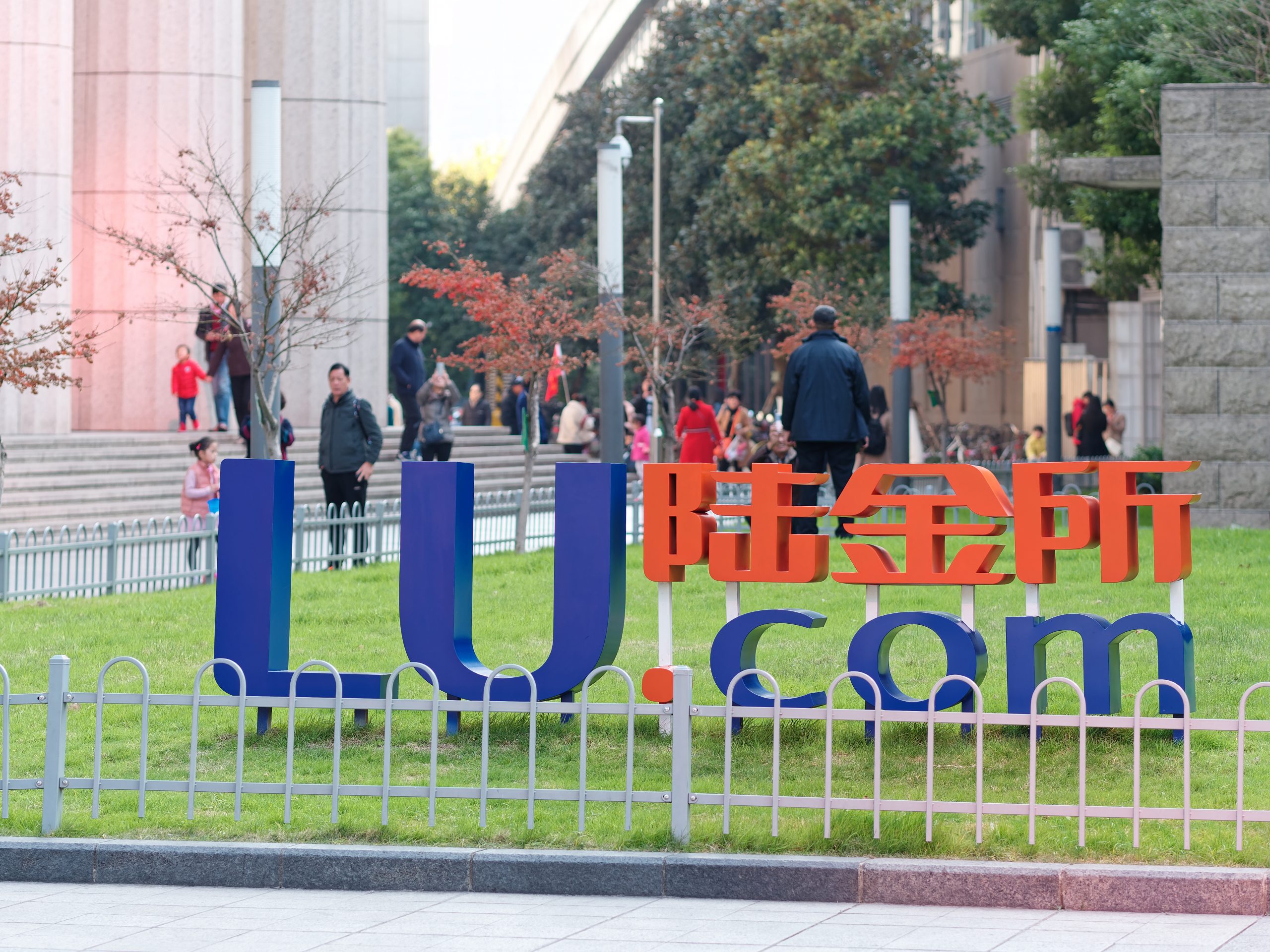Chinese fintech unicorn Lufax, also known as Lu.com, on Wednesday filed a prospectus to the US Securities and Exchange Commission (SEC) for an initial public offering (IPO) on the New York Stock Exchange (NYSE), without disclosing a funding goal. The move comes as several other major Chinese fintech firms, such as Ant Group and JD Digits, look to make their market debuts in China.
Founded in 2011 as Ping An’s financial service unit, Lufax started as a peer-to-peer (P2P) lending business. However, it has been ditching its P2P services since 2019, when the Chinese government tightened scrutiny of the sector. Lufax has since pivoted to retail credit facilitation and wealth management. In December 2018, the company raised USD 1.4 billion in a funding round that valued it at USD 38 billion.
According to the prospectus, as of September, Lufax’s total balance of retail credit facilitated reached RMB 535.8 billion (USD 75.8 billion), compared to RMB 519.4 billion as of June 30, 2020, and RMB 441.2 billion as of September last year. As of September 30, the total client assets generated through its online wealth management platform reached RMB 378.3 billion (USD 53.5 billion), compared to RMB 374.7 billion as of June 30, 2020 and RMB 350.9 billion last year.
In the meantime, its clients’ assets invested in legacy products (P2P products) decreased from RMB 336.4 billion as of December 31, 2017, to RMB 103.3 billion (USD14.6 billion) as of December 31, 2019, and RMB 47.8 billion (USD 6.8 billion) as of June 30, 2020.
The firm says it has served 44.7 million registered users and 12.8 million active investors by the end of June, and its average wealth management client assets were approximately RMB 29,330 (USD 4,151), more than three times the average client assets of the other top five non-traditional financial service providers.
From 2017 through 2019, Lufax’s income increased from RMB 27.8 billion to RMB 47.8 billion (USD 6.8 billion), representing a compound annual growth rate (CAGR) of 31.1%, and net profit increased from RMB 6.0 billion to RMB 13.3 billion (USD 1.9 billion), representing a CAGR of 48.6%, during the same period. In the first half of this year, it had a total income of RMB 25.7 billion (USD 3.6 billion) and a net profit of RMB 7.3 billion (USD 1.0 billion) with a net margin of 28.3%.
Prior to the IPO, Tun Kung Company Limited holds 42.7% in stake while Ping An Group owns 42.3%.
Lufax has been mulling for a float since 2016 and it was reportedly set to go public in Hong Kong, but the IPO didn’t go ahead for undisclosed reasons. The decision to get a US listing bucks the trend of Chinese tech companies choosing exchanges closer to home amid regulatory backlash in America. Ant Group plans to list both in Hong Kong and Shanghai, and JD Digits, previously known as JD Finance, the fintech arm of JD.com, has also filed with China’s Nasdaq-like Star Market, expecting to raise around RMB 20 billion (USD 2.93 billion).
